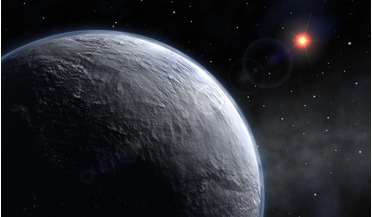 26 November 2021
A closer Moon could have helped the early habitability of our planet
26 November 2021
A closer Moon could have helped the early habitability of our planet
.... The team’s results are based on atmospheric models coupled with a model for the evolution of the Earth’s tidal heating rate and assuming that a Moon-forming impact occurred 69 million years after the formation of the Sun...
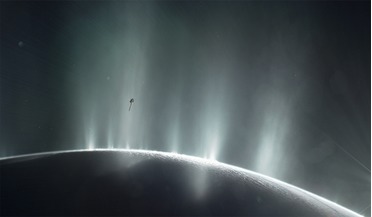 06 November 2017
Enceladus more active than previously thought
06 November 2017
Enceladus more active than previously thought
... power (greater than 20 billion watts) is required. Enceladus is thought to currently generate heat by a process known as tidal heating, which occurs when one body I.e a moon is under the gravitational influence of a second body I.e its host planet...
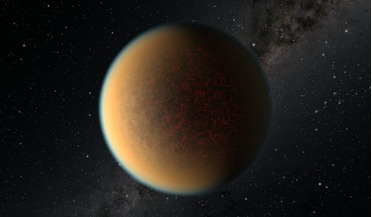 12 March 2021
Scientists find a rocky exoplanet rebuilding its atmosphere
12 March 2021
Scientists find a rocky exoplanet rebuilding its atmosphere
...’s moon Io. Io is the most volcanically active body in the solar system and its extreme geologic nature is down to tidal heating from friction generated within Io's interior as it is pulled between Jupiter and the other Galilean moons. Caught between...
 November 2025
Unlocking the secrets of Europa
November 2025
Unlocking the secrets of Europa
... levels the spacecraft will orbit Jupiter and carry out flybys of Europa. Europa’s main energy source is tidal heating, caused by its elliptical orbit around Jupiter. The gravitational tug of Jupiter causes...
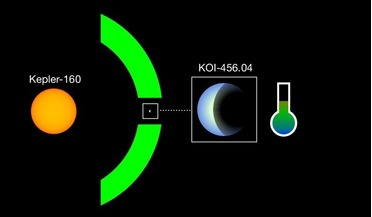 05 June 2020
Exciting exoplanet find around sun-like star
05 June 2020
Exciting exoplanet find around sun-like star
... an unfortunate consequence; gravity from the star starts to deform the planet substantially. So much so that the resulting tidal heating in the planet could trigger fatal global volcanism. All in all, the prospects don’t look good for...
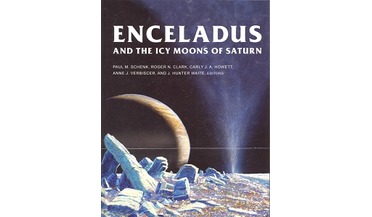 13 April 2019
Enceladus and the Icy Moons of Saturn
13 April 2019
Enceladus and the Icy Moons of Saturn
...so much attention? Linda Spilker, Cassini Project Scientist at JPL, sums it up well: “With organic molecules, and tidal heating producing a global subsurface liquid water ocean and a possible hydrothermal vent system on the seafloor, Enceladus’ ocean...